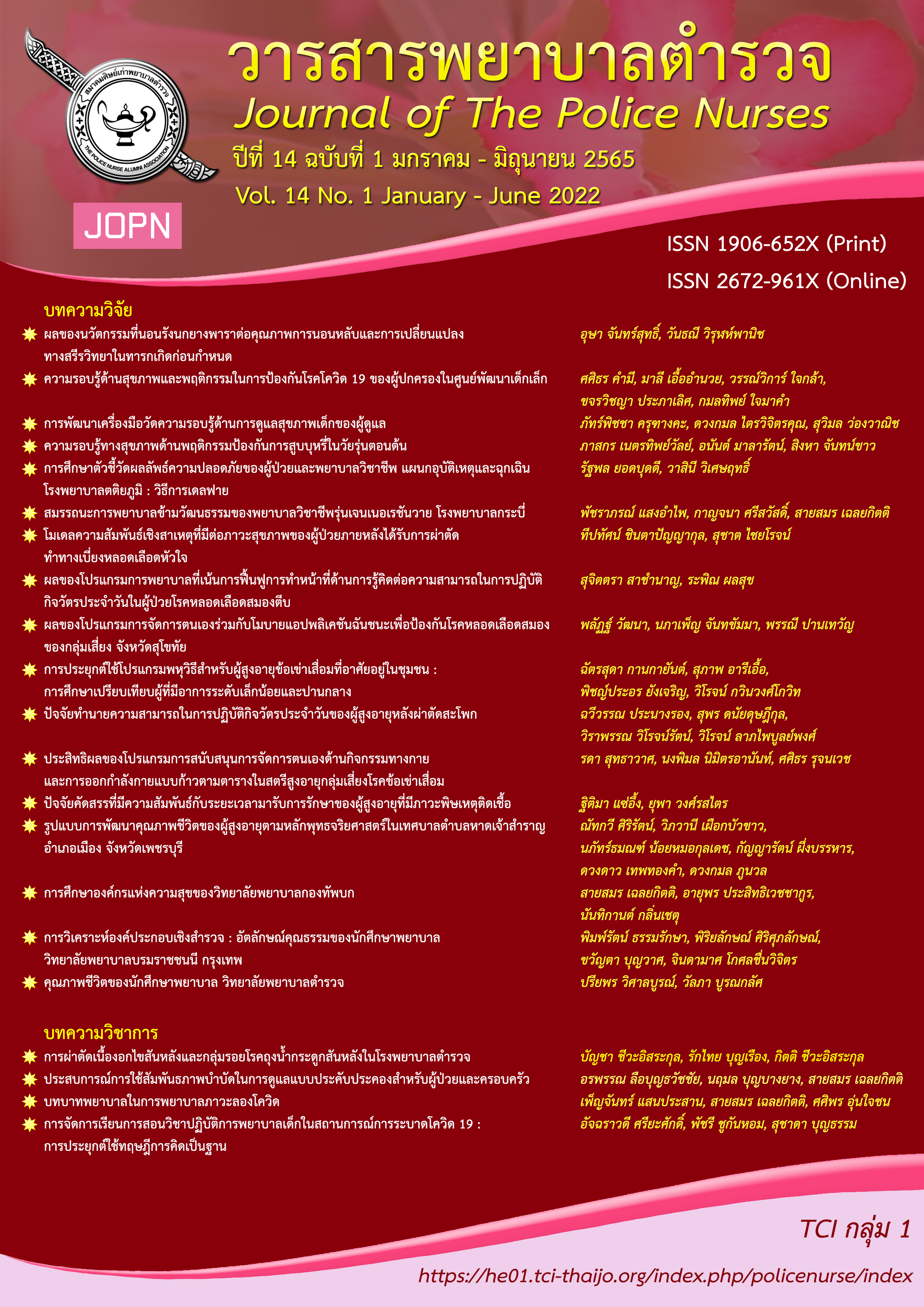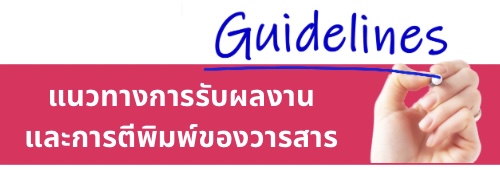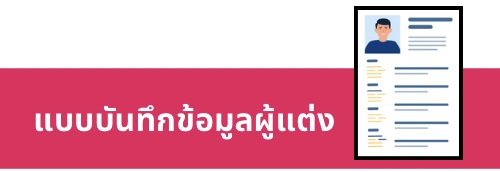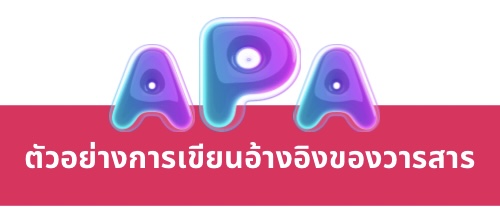รูปแบบการพัฒนาคุณภาพชีวิตของผู้สูงอายุตามหลักพุทธจริยศาสตร์ในเทศบาลตำบลหาดเจ้าสำราญ อำเภอเมือง จังหวัดเพชรบุรี
คำสำคัญ:
คุณภาพชีวิต, ผู้สูงอายุ, หลักพุทธจริยศาสตร์, อริยสัจ 4บทคัดย่อ
การวิจัยนี้มีวัตถุประสงค์เพื่อ 1) ศึกษาสภาพปัญหาคุณภาพชีวิตของผู้สูงอายุในเทศบาลตำบลหาดเจ้าสำราญ 2) ศึกษาระดับคุณภาพชีวิตและการพัฒนาคุณภาพชีวิต และ 3) เสนอรูปแบบการพัฒนาคุณภาพชีวิตของผู้สูงอายุตามหลักพุทธจริยศาสตร์ในเทศบาลตำบลหาดเจ้าสำราญ อำเภอเมือง จังหวัดเพชรบุรี การวิจัยครั้งนี้ใช้วิธีวิจัยแบบผสมวิธี ตัวอย่าง คือ ประชาชนอายุ 60 ปีขึ้นไปในพื้นที่เทศบาลตำบลหาดเจ้าสำราญ จำนวน 271 คน และตัวแทนผู้สูงอายุในพื้นที่เทศบาลตำบลหาดเจ้าสำราญ จำนวน 9 คน เครื่องมือที่ใช้ในวิจัย คือ แบบสอบถามคุณภาพชีวิตของผู้สูงอายุ และแบบสัมภาษณ์แบบมีโครงสร้าง ที่ผ่านการตรวจสอบโดยผู้เชี่ยวชาญ 3 ท่าน ได้ค่าดัชนีความสอดคล้องเท่ากับ .67-1.00 และมีค่าความเที่ยงของแบบสอบถามทั้งฉบับเท่ากับ .968 วิเคราะห์ข้อมูลโดยการวิเคราะห์ด้วยความถี่ ร้อยละ ค่าเฉลี่ย ส่วนเบี่ยงเบนมาตรฐาน และการวิเคราะห์เนื้อหา
ผลการวิจัยพบว่า 1) ผู้สูงอายุส่วนใหญ่มีสุขภาพร่างกายเสื่อมถอย ไม่แข็งแรง เกิดการเจ็บป่วยด้วยโรคต่าง ๆ ทำให้เกิดข้อจำกัดของร่างกายในการใช้ชีวิต ทำให้ไม่สามารถประกอบอาชีพได้ตามปกติ ส่งผลต่อสภาพจิตใจในเชิงลบ รู้สึกไม่เห็นคุณค่าในตัวเอง เป็นภาระของครอบครัว และรู้สึกหมดความสำคัญ จึงมีบทบาทหน้าที่ในครอบครัวและทางสังคมลดน้อยลง ก่อให้เกิดความเครียดจากภาวะที่มีการเปลี่ยนแปลงในตัวเอง มีการรับรู้ ความจำ และการเรียนรู้ช้าลง 2) การพัฒนาคุณภาพชีวิตตามหลักพุทธจริยศาสตร์โดยรวมในระดับมาก (M = 3.83, SD = .41) ด้านที่มีค่าเฉลี่ยสูงสุด คือ ทุกข์ (M = 3.95, SD = .53) และน้อยที่สุด คือ มรรค (M = 3.67, SD = .49) ส่วนคุณภาพชีวิต 4 ด้านของผู้สูงอายุ โดยรวมอยู่ในระดับมาก (M = 3.68, SD = .40) ด้านที่มีค่าเฉลี่ยสูงสุด คือ ด้านจิตใจ (M = 3.89, SD = .51) และน้อยที่สุด คือ ด้านร่างกาย (M = 3.42, SD = .51) และ 3) รูปแบบการพัฒนาคุณภาพชีวิตของผู้สูงอายุตามหลักพุทธจริยศาสตร์ในเทศบาลตำบลหาดเจ้าสำราญเป็นแบบ “BPHV Model” มีองค์ประกอบ คือ การสร้างความรู้ความเข้าใจ การมีส่วนร่วม การส่งเสริมสุขภาพ และการสร้างคุณค่า
Downloads
เอกสารอ้างอิง
Chotiyano, S. (2019). Personal growth according to the four noble truths of the aging in the Wat Chaichimplee community in Bangkok. Phra Nakhon Si Ayutthaya: Mahachulalongkorn rajavidyalaya University.
Hadchaosmran Subdistrict Municipality. (2021). List of pension recipients 2020. Received from http://www.hadchaosamran.go.th/assets-dmin/files/welfare/44457970475949.pdf
Institute for Population and Social Research, Mahidol University. (2014). Situation of the Thai elderly 2014. Bangkok: Amarin Printing and Publishing.
Jaemtim, N., Yuenyong, S., & Srisodsaluk, P. (2015). Effects of preparation to care for elderly program at Sanamchai subdistrict, Mung district, Suphanburi province. Nursing Journal of the Ministry of Public Health, 25, 108-119.
Kittivanno, T. (2018). Analysis of the quality of life development of the elderly in the context of the dharma of the elderly school Wiang subdistrict Administrative Organization, Fang district, Chiang Mai province. Journal of MCU Humanities Review, 4, 245-252.
National Statistical Office. (2021). Demographic statistics, population and housing, project year 2020. Received from http://phetburi.old.nso.go.th/nso/ project/search/result_by_department.jsp
Phra Phromkunakorn (P. A. Payutto). (2013). Buddha Dharma, amended edition (35th ed.). Bangkok: Pallitham Publishing House, A Subsidiary of Pet and Home.
Prodbumrung, J., Leeka, J., & Thongpan, S. (2016). Health care for the elderly, according to the buddhist ethics. Buddhachinaraj Medical Journal, 33, 233-240.
Saengsuk, S. (2021). Development of quality of life according to Buddhism. Received from http://www.phd.mbu.ac.th/index.php/2014-08-28-08-57-4/79-2014-09-11-03-48-21
Sonnoi, A. (2017). The development model for elders’ quality of life in Buriram province. Buriram: Buriram Rajabhat University.
Yamane, T. (1973). Statistics: An introductory analysis. (3rd ed.). New York, NY: Harper and. Row.
Thai Health Promotion Foundation. (2013). Quality of work life and happiness. Bangkok: Thammada.
Thanontaro, S. (2014). Understanding of life according to the four noble truths of teachers in municipal schools 5, Phra Pathom Chedi Temple, Muang district, Nakhon Pathom province. Bangkok: Thongsook College.
WHOQoL Group. (1994). The development of the World Health Organization quality of life assessment instrument (the WHOQOL). In Quality of life assessment: International perspectives (pp. 41-57). Springer, Berlin, Heidelberg.
ดาวน์โหลด
เผยแพร่แล้ว
รูปแบบการอ้างอิง
ฉบับ
ประเภทบทความ
สัญญาอนุญาต
ลิขสิทธิ์ (c) 2022 วารสารพยาบาลตำรวจ

อนุญาตภายใต้เงื่อนไข Creative Commons Attribution-NonCommercial-NoDerivatives 4.0 International License.
ผลงานที่ได้ตีพิมพ์แล้วจะเป็นลิขสิทธิ์ของวารสารพยาบาลตำรวจ















